How Does Acupuncture Help Pain?
Acupuncture has gained a lot of popularity in the last decade for its safe and effective
treatment of various pain conditions. Many of you as patients have experienced it
yourself in our clinic. But what really is happening during acupuncture? How can it help
pain when other therapies seem to not be as effective? This article goes into more of
those details for those curious minds.
Here are three theories of how acupuncture helps with pain:
1. The insertion of needles in the skin causes a small inflammation response. The
body then sends more blood to this area. The blood brings more nutrients and
white blood cells which help facilitate healing and the increase of blood flow
helps clear out metabolic cell waste. 4 Sometimes your acupuncture practitioner
will target trigger points in the muscles which are those knots in the muscles that
you can sometimes feel or cause you pain when you use that muscle. These
knots can occur from a lack of blood flow to the muscle belly so inserting the
needle into these points can help bring those muscles back to a healthy
functioning state. 2
2. Acupuncture can impact the chemicals released inside our bodies. This research
has been around since 1980s by Dr. Han in China. 1 These chemicals are called
neurotransmitters (NT) and are the “messengers” of the central nervous system.
Han studied how acupuncture increases our own production of opioids, serotonin
and noradrenaline which all influence how much pain we feel.
3. A very important body of research has looked at how acupuncture affects
different areas of the brain. This began to expand the understanding on how
acupuncture works on non-pain related conditions, for example, anxiety, G.I.
disorders, or insomnia. In these studies, they had a patient in a fMRI (functional
MRI) while they received acupuncture. The fMRI was able to record how the
activity in the brain changed during the treatment. They found that acupuncture
increases brain activation, the more the needle is stimulated the more brain
activation is achieved, and that different acupuncture points have similar and
different sites of activation in the brain. 3
We hope this served you well to understand how acupuncture works! If you have
any questions on how acupuncture can help you then please ask your practitioner.
References:
1. Han J-S. Acupuncture and endorphins. Neuroscience Letters. 2004;361(1-3):258-
261. doi:10.1016/j.neulet.2003.12.019
2. Hong C-Z. Myofascial trigger points: Pathophysiology and correlation with
acupuncture points. Acupuncture in Medicine. 2000;18(1):41-47.
doi:10.1136/aim.18.1.41
3. Huang W, Pach D, Napadow V, et al. Characterizing acupuncture stimuli using brain
imaging with fmri - A systematic review and meta-analysis of the literature. PLoS
ONE. 2012;7(4). doi:10.1371/journal.pone.0032960
4. Tsuchiya M, Sato EF, Inoue M, Asada A. Acupuncture enhances generation of nitric
oxide and increases local circulation. Anesth Analg. 2007;104(2):301-307.
doi:10.1213/01.ane.0000230622.16367.fb
PHOTO COURTESY of Colorado Natural Medicine

